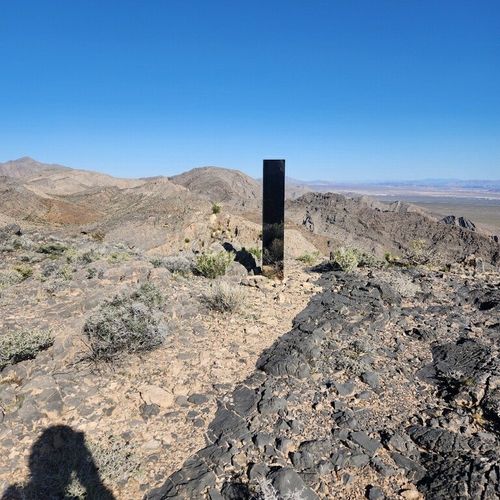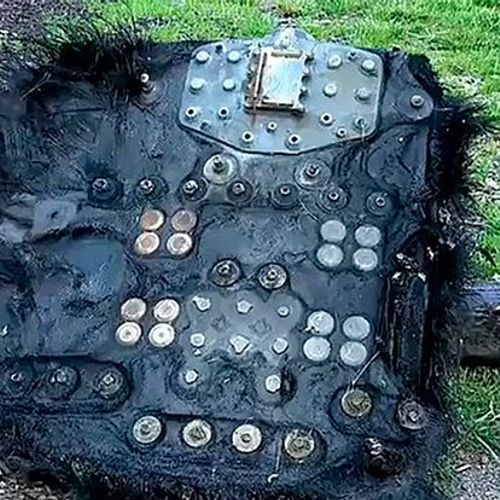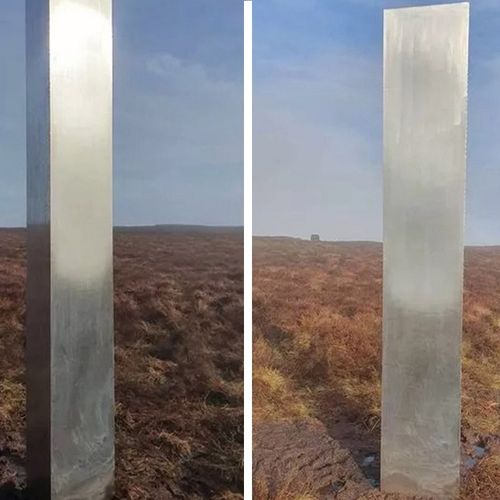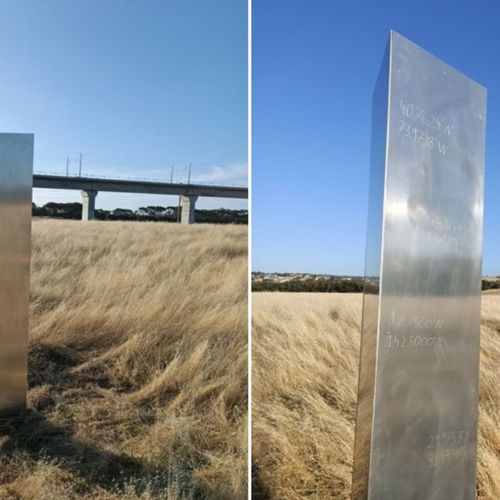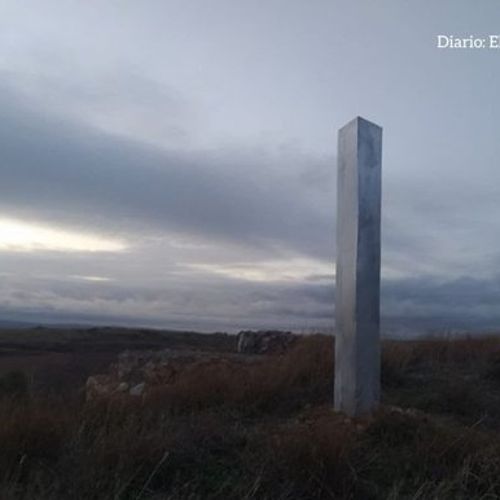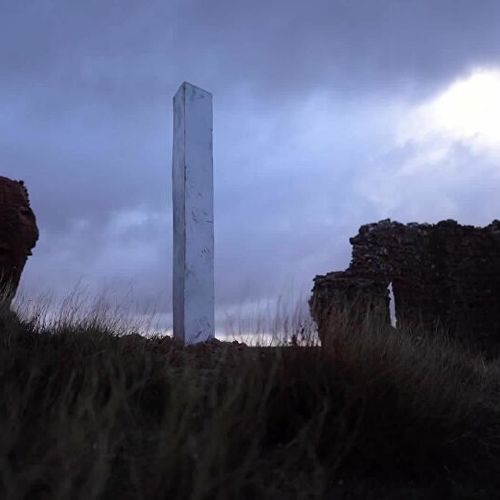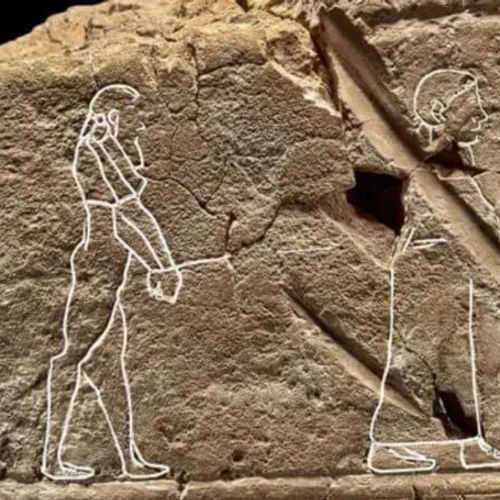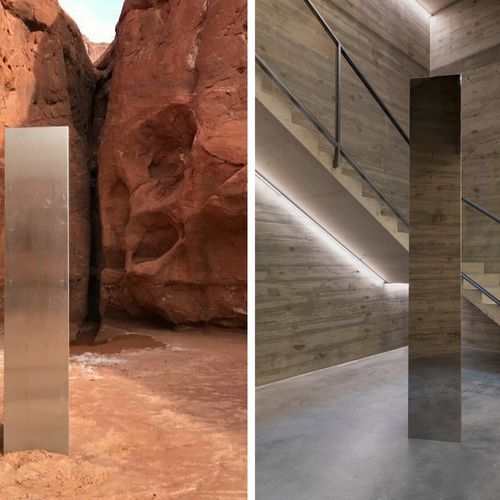
| Added | Wed, 02/12/2020 |
| Источники | |
| Дата публикации | Thu, 26/11/2020
|
| Феномены | |
| Версии |
A mysterious monument three meters high was discovered in the desert of the us state of Utah. It is most likely the work of the minimalist artist John McCracken, who lived nearby.
The secret was revealed by the staff of the David Zwirner gallery in New York, where McCracken's work was exhibited, writes the Daily Mail. At first, a spokeswoman for the gallery owner said that this is not one of McCracken's works, but probably the creation of his colleague paying tribute. But then the representative changed her position and said that "this is definitely John."
The artist himself lived in neighboring new Mexico and died at 9 years old. He is well known for his works-free-standing sculptures in the form of pyramids, cubes or smooth slabs.
The similarity was also confirmed Online. According to the Google satellite images they found, it can be argued that the monument has been standing in Utah for at least 5 years. Its exact location is not disclosed, so that crowds of tourists do not rush to look at the artist's creation.
Website nytimes.com reports that the artist's son, Patrick McCracken, is still completely baffled by the monolith. But when he heard the news, he remembered an evening in may 2002 when his father lived in Medanales, new Mexico, in a small Adobe house overlooking a hill.
"We were standing outside and looking at the stars, and he said something like he wanted to leave his work in remote places to be discovered later," he recalled in a phone interview.
"No, I thought he would," he said. "He was inspired by the idea of aliens who leave objects similar to his work. This discovery of the monolith is very much in line with his artistic vision."
Ed Ruscha, who is known for his lettering paintings and is probably the Dean of the California art scene, befriended McCracken during His years in Los Angeles.
"I don't think it's John McCracken," he said of the sculpture. "It's not like him to be a liar. A monolith in the desert? It is so versatile that it can be anyone. To meet something like this is very fantastic. I like the idea of someone having fun like this."
The artist James Hayward, a close friend of McCracken and former assistant, agrees.
"As far as I'm concerned, this is a giant hoax," Mr Hayward said. "The object in the photos I saw was made roughly. I looked at the corners as best I could; they are made using a mechanism called a brake that bends the metal. When you bend metal on the machine, the angles are not sharp and clear. They are rounded."
Compared to a classic minimalist like Donald Judd, McCracken was an anomaly, in part because he resisted machines and industrial production. He preferred to make his sculptures by hand, in the spirit of patient, painstaking skill.
Новости со схожими феноменами
Новости со схожими версиями
Log in or register to post comments




